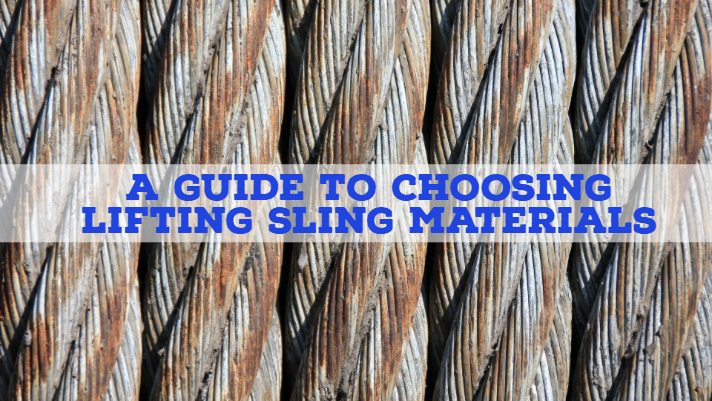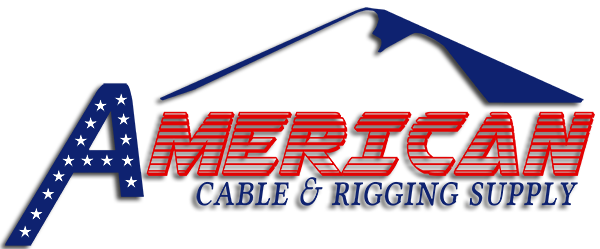
Choosing Lifting Sling Material
Lifting slings are crucial components of all hoisting, rigging, or substance-handling activities. But knowing how to choose a lifting sling is not as simple as it sounds. After all, when choosing lifting slings, there are a number of factors to consider. For instance, you might want to view the sling’s quality, price, size, and color (for the cable railing), among other factors. But is that all? How can you increase your safety?
Occasionally, you may consider digging further to ascertain the best kind of lifting sling material to use. This information can provide you with greater insight into product safety. Choosing a good material holds the key to your workers safely loading and unloading materials on your project site.
Are you unsure about the best types of lifting slings? Below is our summary of ways to determine an ideal lifting sling material. Take these tips with you when looking for cable and rigging supplies.
Flat Nylon Slings
Also known as synthetic slings, nylon slings are very likely to pop up first every time you are on a mission to choose lifting sling material. These types of lifting slings are both affordable and available to many people. A typical synthetic sling consists of woven polyester and nylon. Thanks to their nylon composition, they are light-weighted when compared to other sling materials. You can fold and store them very easily. These slings are water-resistant and rust-proof.
On the flip side, nylon slings do not withstand too much weight. They are, therefore, not ideal for heavy railings. They are also unsuitable for use in high-pressure or high-temperature working environments. A typical nylon sling cannot withstand temperatures above 195 degrees Fahrenheit. When working on areas with sharp edges, avoid frequent rubbing of the slings with the sharp edges, as this act could weaken them. Synthetic lifting slings are hardly affected by ordinary chemical environments. However, it would help if you were careful not to expose them to concentrated acids. If your job does require you to work with such substances, it would be advisable to pick another lifting sling material.
Wire Rope Slings
When handling heavy loads (like at a construction site), you cannot go wrong if you use wire rope slings while choosing lifting slings. They are sturdy and rugged. These slings consist of strings of steel woven together to form a hardened stainless steel cable. Wire rope slings have a low cost-per-ton of lifting capacity. Since they are stainless steel, they are rust-proof. These ropes are also ultra-violet light resistant and thus have superb longevity. Unlike the nylon slings, the wire rope slings can sustain temperatures of up to 400 degrees Fahrenheit.
Even though this lifting sling material commands the elements of ruggedness and durability, it still falls short in a few aspects. The wire rope sling is very heavy to carry. This aspect could be problematic for you when working alone or whenever you might need to make adjustments. It’s also rigid, which makes it difficult to fold or reshape. This aspect makes it hard to use when you need to lift loads with sharp edges. It also makes the storage of the sling relatively tricky as it cannot fold easily. Because of this characteristic, you may have to opt for a short-diameter sling when using the wire ropes. Wire rope slings demand frequent inspections. Damaged areas should be repaired or replaced. Ignorance of damage may lead to accidents.
Chain Slings
When it comes to lifting sling material, people often recommend chain slings. They are useful for both light and the most rugged applications. For professional usage, chain slings ought to top the list when choosing lifting slings. They are usually made of steel — meaning they top the list of ruggedness and durability. These slings can be used in extremely harsh industrial environments because they are often inert and robust. They can withstand high temperatures and function optimally even for temperatures above 400 degrees Fahrenheit. They are foldable and stored easily. But on the other side of the coin, they are more costly than the other types of sling materials. But if you have a few bucks to spare, the chain slings are worth every cent. Be sure to consider your application when making your choice of lifting sling material.
Now that you know how to choose a lifting sling, reach out to American Cable & Rigging Supply. No matter what kind of lifting slings you may need, we’ve got you covered. For more information on our products or to obtain a recommendation for your use, please contact us today.
